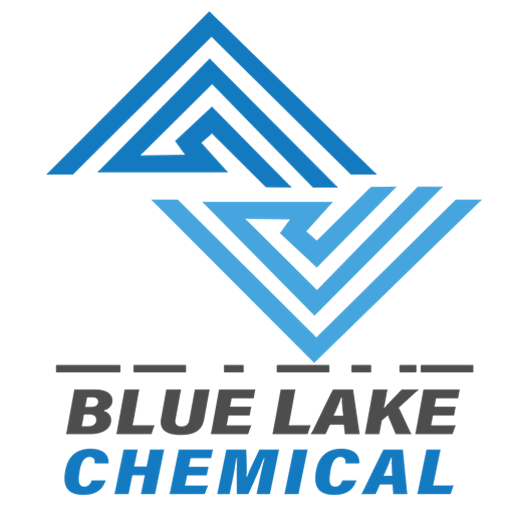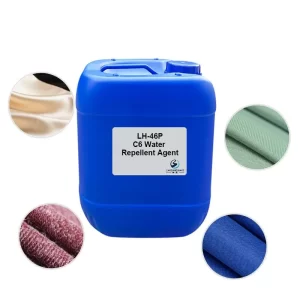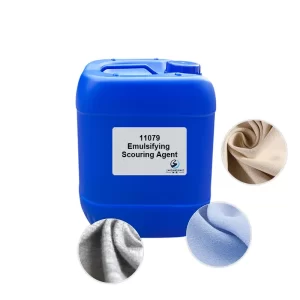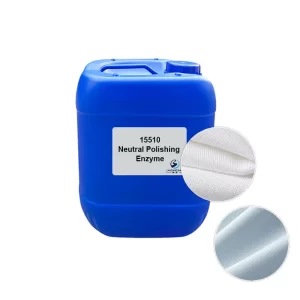In the textile industry, dyeing uniformity is a key indicator of fabric quality. Whether working with cotton, polyester, nylon, or other fibers, consistent and vibrant coloration directly impacts product quality and market competitiveness. During the dyeing process, the proper use of textile auxiliaries—especially dyeing agents and leveling agents—is essential for enhancing uniformity, minimizing color differences, and reducing production costs
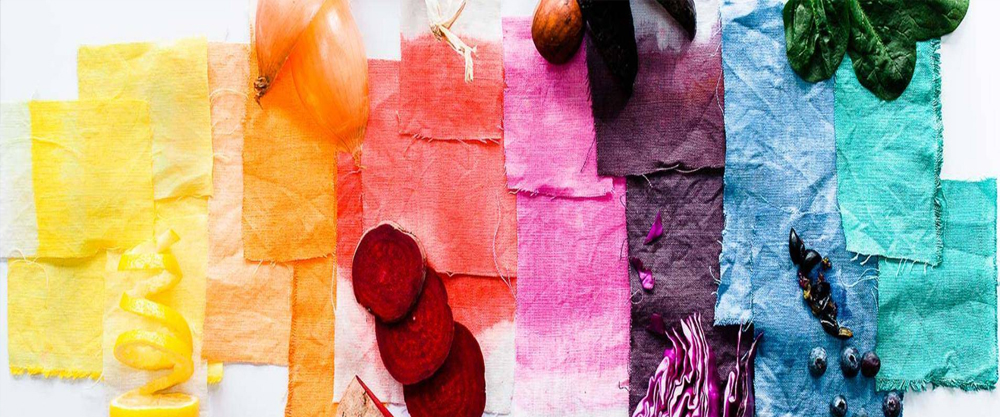
Choosing the Right Textile Dyeing Auxiliaries
Textile auxiliaries are indispensable in dyeing and finishing processes. Selecting the appropriate dyeing agent and leveling agent should be based on the following factors:
1. Fiber Type
Different fibers have different affinities for auxiliaries. For example, cotton fibers are typically dyed with reactive dyes combined with compatible leveling agents, while polyester requires high-temperature disperse dyes and efficient dispersants.
2 . Dye Type
The properties of disperse dyes, vat dyes, acid dyes, and others vary, and each requires corresponding auxiliaries to ensure optimal performance.
3. Process Conditions
Factors such as dyeing temperature, pH level, and time affect the behavior of auxiliaries. Ensuring auxiliaries remain effective under specific process parameters is critical.
Key Techniques for Improving Dyeing Uniformity
1. Stabilizing the Dye Bath System: The Core Role of Leveling Agents
Uniform dyeing starts with a stable dye bath. High-quality leveling agents help slow down dye uptake and promote even diffusion on the fabric surface, effectively preventing issues like “dye spots” and “shade streaks.” When combined with powerful dispersants, these agents help keep dyes evenly suspended and prevent aggregation.
2. Controlling pH Levels and Heating Rate
Many dyeing auxiliaries perform best at specific pH levels. For instance, acid-based leveling agents for polyester work optimally in slightly acidic conditions. Additionally, the heating rate during dyeing should be carefully controlled—rapid temperature increases can cause uneven dye uptake.
3. Allowing Adequate Dyeing Time
Dyes need sufficient time to fully penetrate fibers. Especially in high-temperature, high-pressure dyeing, extending the dyeing time ensures better dye diffusion and reduces color inconsistency between batches.
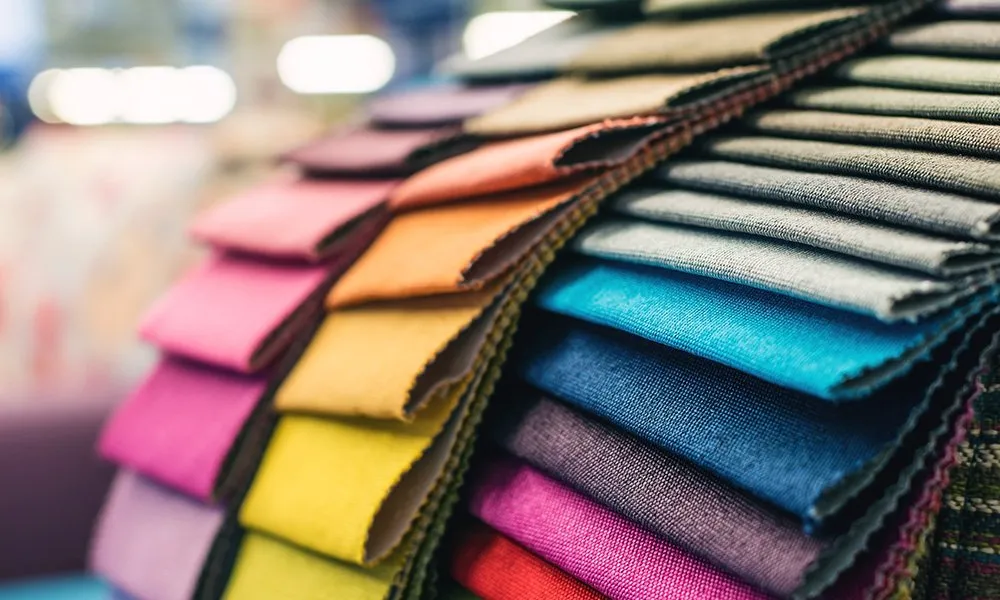
Fabric Pretreatment: The Foundation for Even Dyeing
Pretreatment is the cornerstone of uniform dyeing. Recommended pretreatment steps include:
- Desizing and Degreasing: Use high-performance scouring agents to remove surface oils, waxes, and sizing agents that may interfere with dye absorption.
- Optimizing Bleaching: Employ stable oxidative or reductive bleaching methods to enhance fiber purity and dye affinity.
- Using Wetting Agents: Improve fiber wettability and facilitate better dye penetration for more even coloration.
Application Examples: How Dyeing Auxiliaries Work on Different Fabrics
- Cotton Knits: Using reactive dyes with slow-leveling agents can significantly improve shade consistency.
- Polyester Fabrics: Disperse dyes paired with high-temperature dispersants enhance dye stability during thermal dyeing.
- Nylon (Polyamide): Acid dyes combined with cationic leveling agents help prevent patchy dyeing.
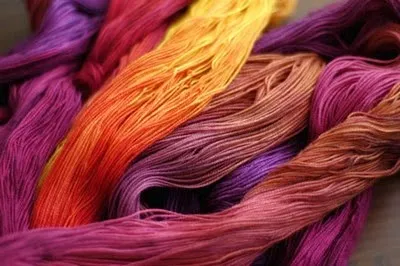
BLUELAKECHEM Textile Dyeing Solutions
By properly matching dyeing technology with professional dyeing auxiliaries, manufacturers can achieve the triple advantages of brighter colors, a more comfortable feel, and more environmentally friendly and sustainable. As a reliable textile auxiliaries manufacturer, BLUELAKECHEM has always been committed to providing customized dyeing and finishing solutions for clothing manufacturers.
Conclusion: Optimize Dyeing Quality with Professional Textile Auxiliaries
In the textile dyeing and finishing industry, the scientific application of dyeing auxiliaries is key to ensuring consistency and high-value products. By choosing the right dyeing agents and leveling agents, maintaining a stable dye bath, and optimizing pretreatment procedures, textile manufacturers can significantly improve dyeing performance and product competitiveness.
If you’re looking for high-performance dyeing auxiliaries, leveling agents, or customized textile chemical solutions, please contact BLUELAKECHEM. We specialize in the development and application of textile chemicals to support your production needs.
